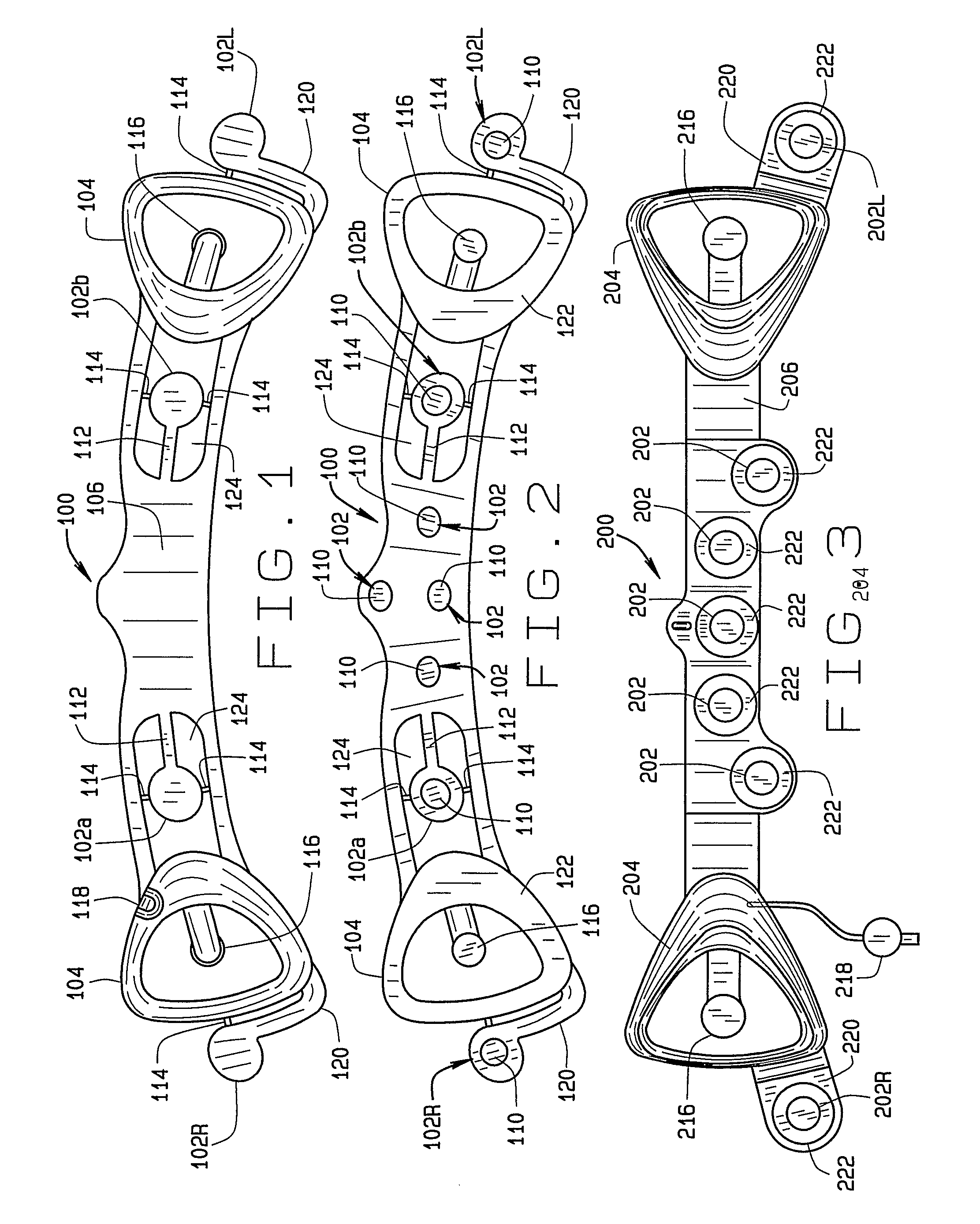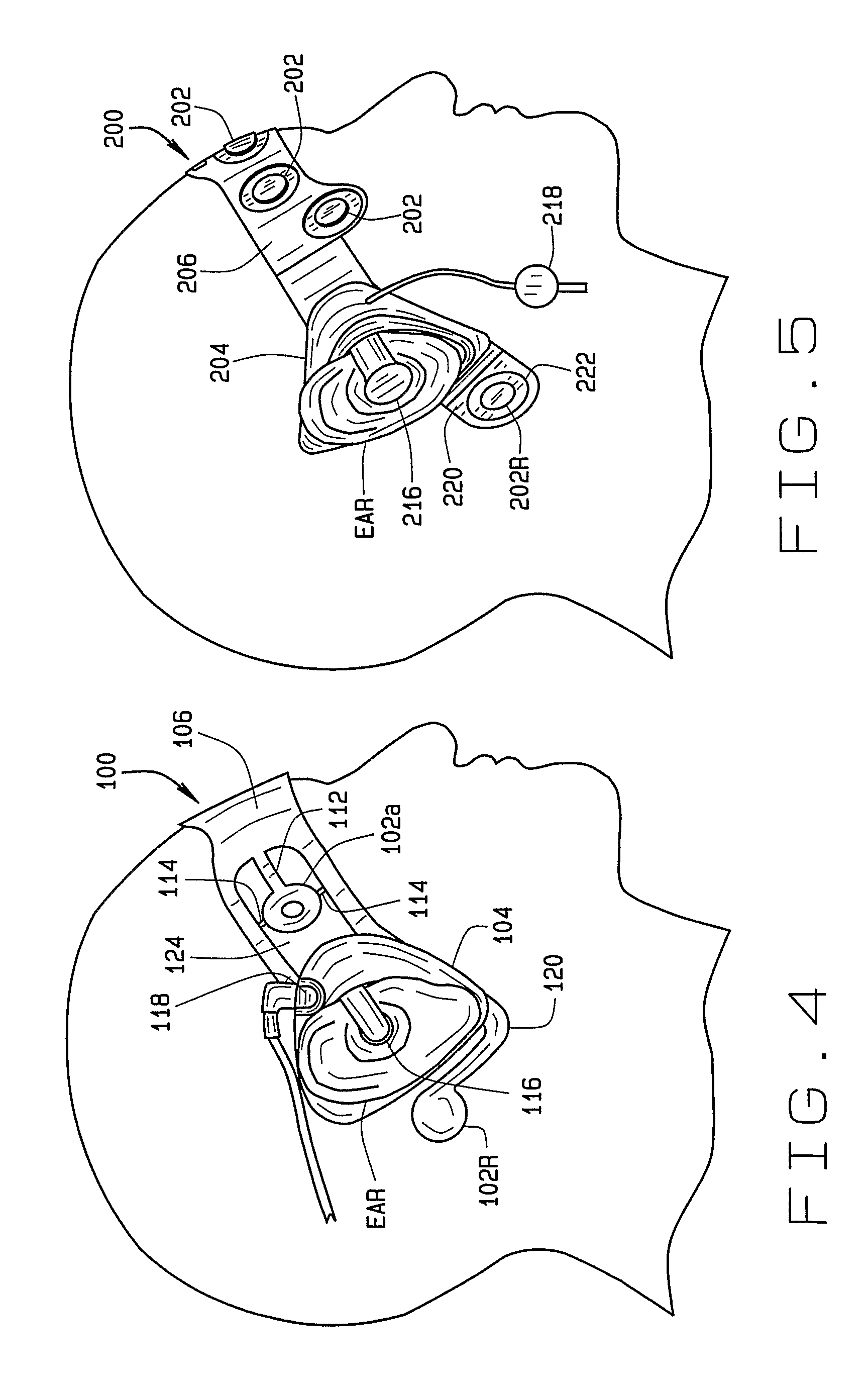Electrode array
a technology of arrays and electrodes, applied in the field of electrodes, can solve the problems of unsuitability for use, affecting the quality and duration of recordings that can be obtained, and recording is highly susceptible to noise and artifacts
- Summary
- Abstract
- Description
- Claims
- Application Information
AI Technical Summary
Problems solved by technology
Method used
Image
Examples
Embodiment Construction
[0022]The following detailed description illustrates the invention by way of example and not by way of limitation. The description enables one skilled in the art to make and use the invention, and describes several embodiments, adaptations, variations, alternatives, and uses of the invention, including what is presently believed to be the best mode of carrying out the invention.
[0023]The present invention provides a disposable electrode array 100 adapted to quickly and properly apply required electrode sensors to a patient. The disposable electrode array 100 integrates a set of electrode sensors 102, such as AEP sensors and EEG sensors, into a one-piece array. The electrode sensors 102 are adjustable to permit the placement of the electrode sensors 102 to the individual patient. Preferably, the use of elastic materials in the construction of the disposable electrode array 100 enables the electrode appliance to accommodate a variety of patient head sizes and shapes. Ear loops 104 dis...
PUM
 Login to View More
Login to View More Abstract
Description
Claims
Application Information
 Login to View More
Login to View More - R&D
- Intellectual Property
- Life Sciences
- Materials
- Tech Scout
- Unparalleled Data Quality
- Higher Quality Content
- 60% Fewer Hallucinations
Browse by: Latest US Patents, China's latest patents, Technical Efficacy Thesaurus, Application Domain, Technology Topic, Popular Technical Reports.
© 2025 PatSnap. All rights reserved.Legal|Privacy policy|Modern Slavery Act Transparency Statement|Sitemap|About US| Contact US: help@patsnap.com



